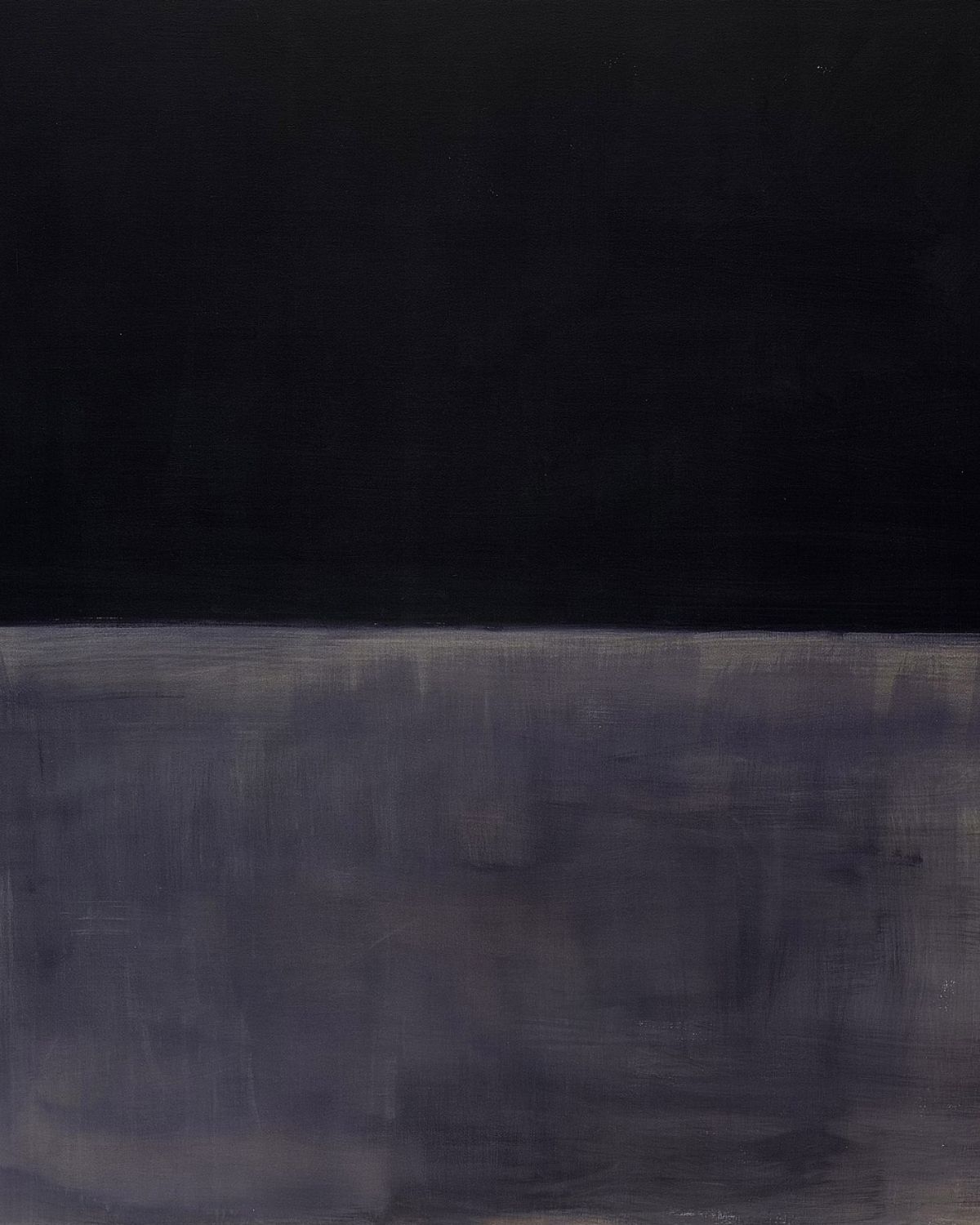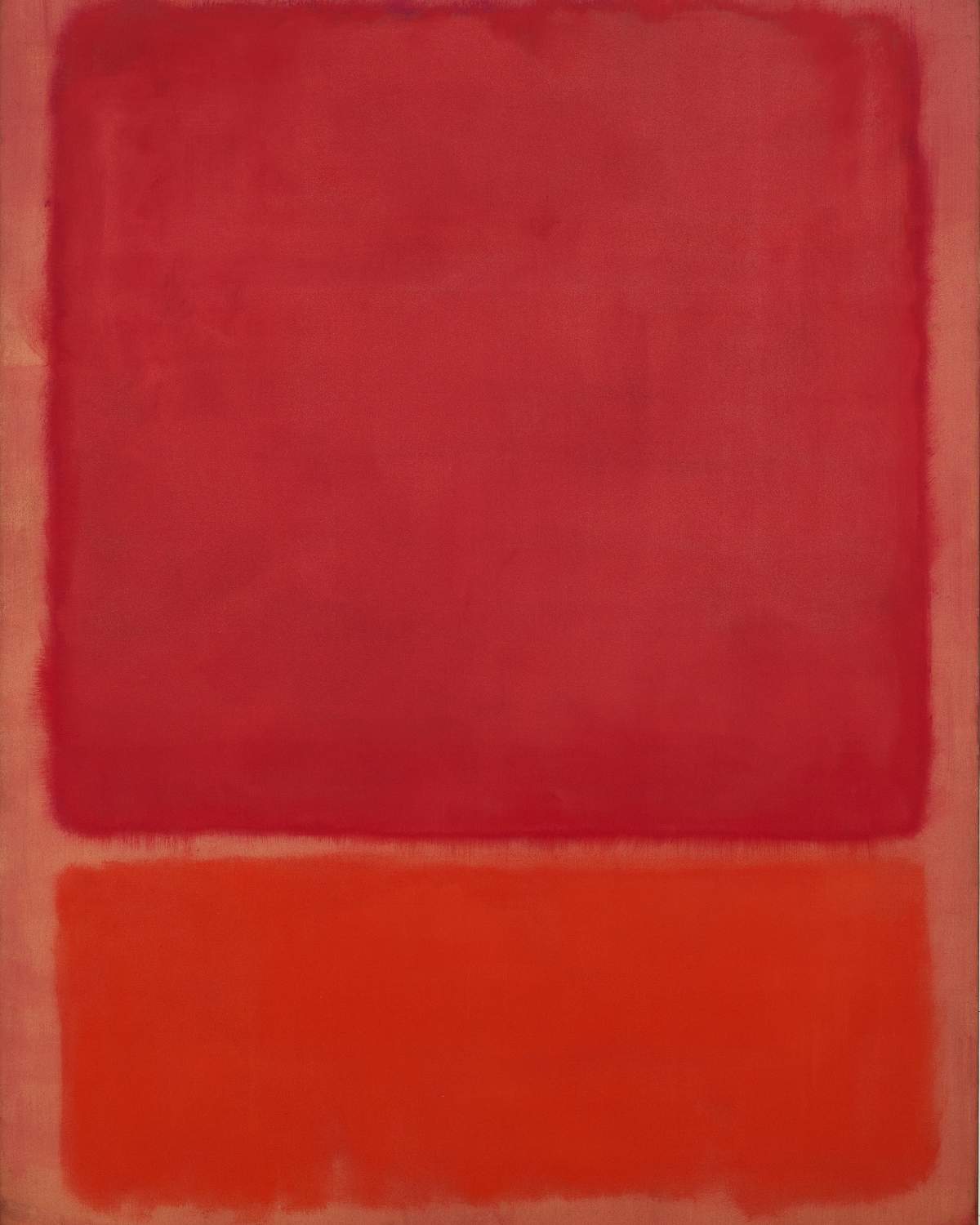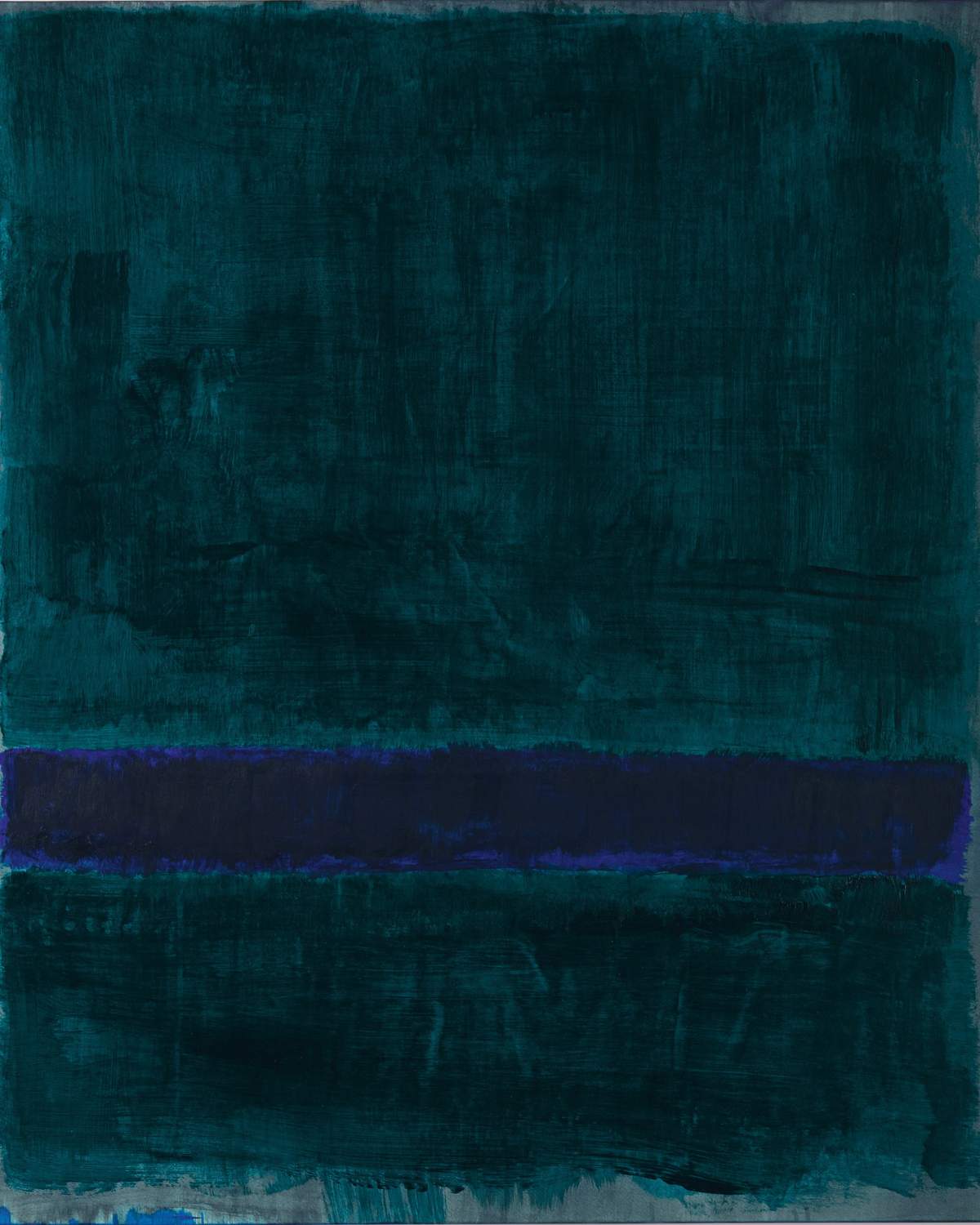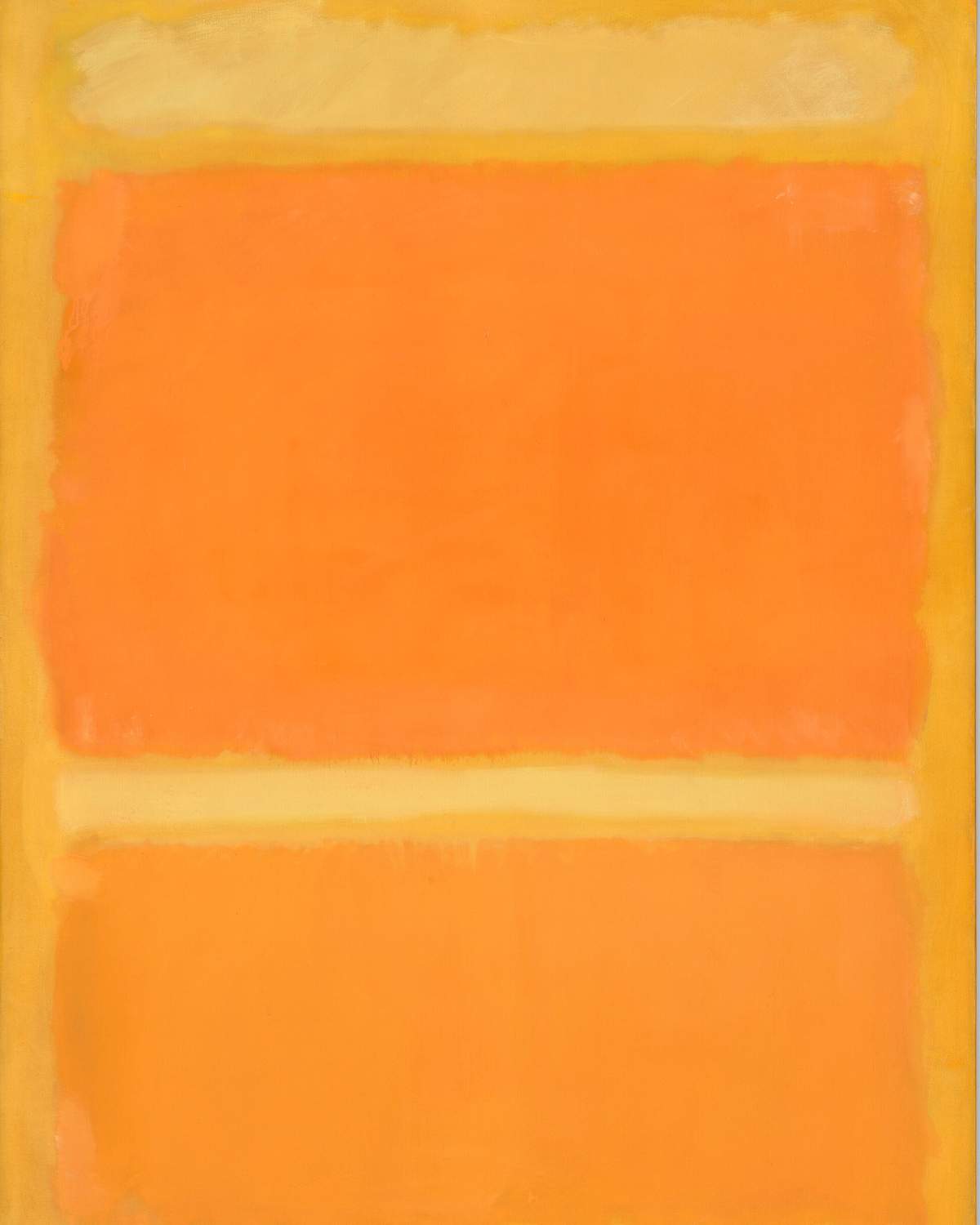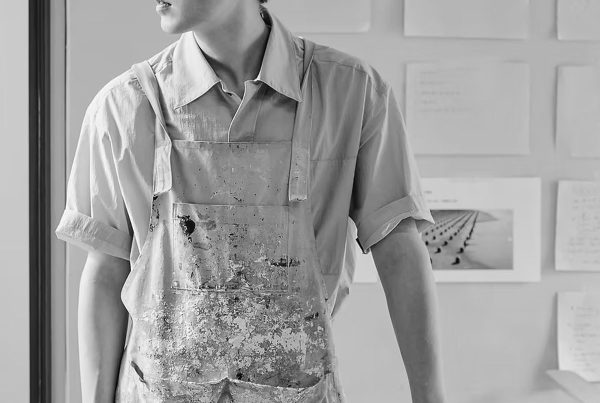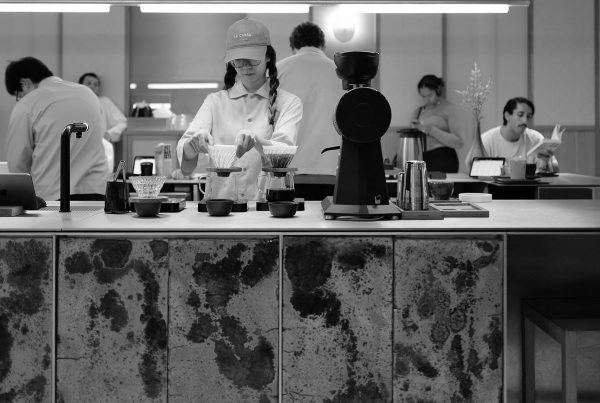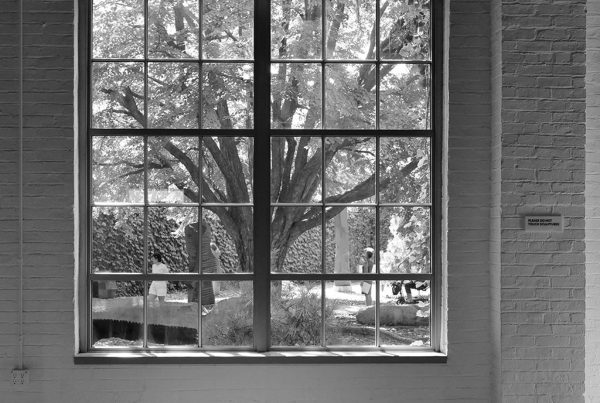EXPLORE THE ARTIST’S ABSTRACT VISUAL LANGUAGE OF COLOR AND FORM THAT CONTINUES TO INTRIGUE GENERATIONS.
In the abundant constellation of twentieth-century art, few have shone as brightly as Mark Rothko. As we lift the veil into a realm resonant with philosophical intrigue and emotive color, we are invited into the remarkable world of Rothko. To gaze upon his luminous canvases is to be delivered into a sanctum where color and form converse wordlessly with our innermost selves.
Born as Marcus Rothkowitz in 1903 Latvia, his early forays reveal a young man enamored equally by political theories and mythical symbolisms. After emigrating to America in 1913 with his family to escape anti-Jewish sentiments, Rothko immersed himself in a myriad of odd jobs and intellectual pursuits, before finally arriving, almost inevitably, in that fabled cradle of talents – New York City.
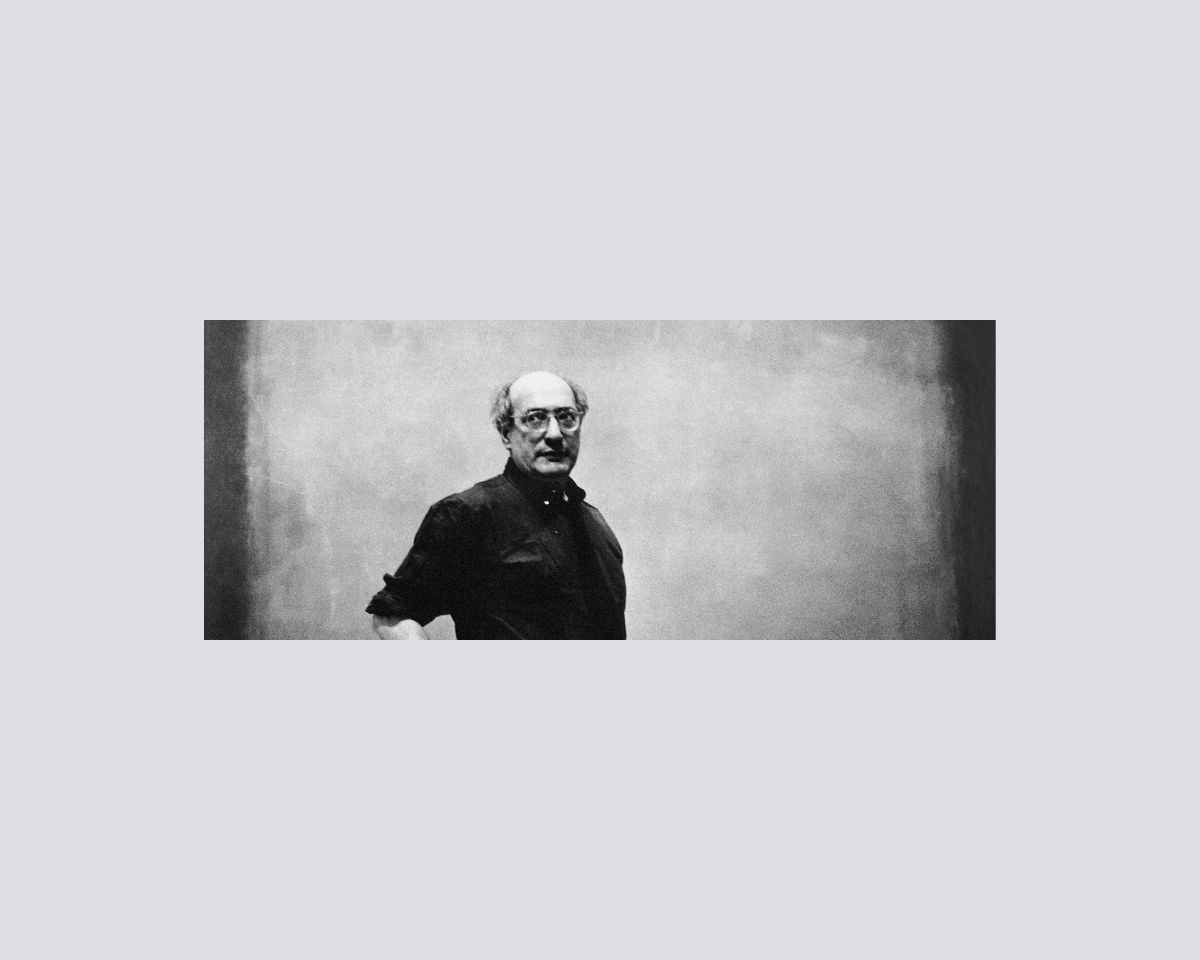
Once in New York, his paintbrush tasted many styles, from Surrealist dreamscapes to Cubist renderings. But within this phase of experimentation lay the seeds of something revolutionary about to unfold. By the mid 1940s, armed with his love for color and European existentialism, Rothko’s talents exploded in synergy with the growing Abstract Expressionist movement. Slowly he transitioned into complete abstraction, creating grand odes of colors and forms meant not merely to dazzle the eye but seduce the soul.
From his earthy, textured rectangular paintings of the 1940s to the diaphanous veils of pigment floating on shimmering grounds in the 1950s and 60s, Rothko cultivated a style distinctly his own. Works like No. 10 (1950) or the encapsulating Four Darks on Red (1958) exercise a strange power over us – the closer we stand, the farther they transport us from the material into an intimate realm of emotions. The Seagram Murals (1958), originally meant to adorn a plush restaurant, stand today in display in London and Japan, symbols of Rothko’s belief that his paintings were chambers of spiritual repose rather than bourgeois decorations.
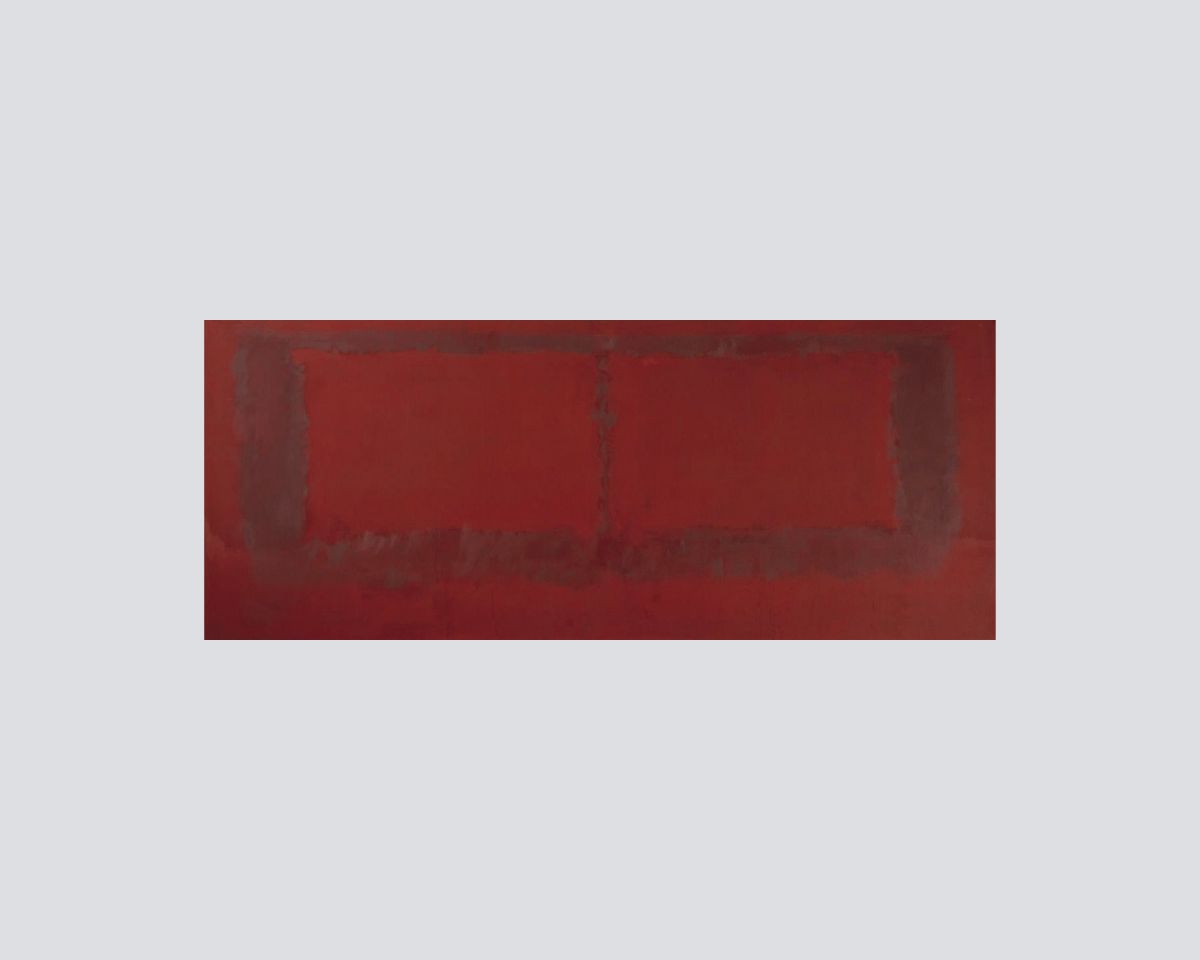
Mark Rothko, ‘Seagram Mural, Section 6 (Untitled)’, 1959. Courtesy of Pace Gallery.
Indeed, a deep conviction in the transcendental qualities of art fuelled Rothko’s lifelong quest. Whether collaborating with composers to create multimedia performances or overseeing the meditative Rothko Chapel in Texas, his obsessive perfectionism bespoke a personal mission rather than fame’s trappings. This perhaps led the introspective artist to bouts of despair when health failed or death robbed him of dear friends – an agony that found ultimate culmination in his heartrending suicide in 1970.
Over fifty years since departing the living plane, Rothko’s legendary canvases have exceeded the test of temporality. Today his abstract visions adorn esteemed institutions from the National Gallery of Art to the Tate Modern, standing proud amid twentieth-century luminaries. Through Rothko’s soul-breathing colors, we discern the longings of a man yearning to lift the veils of mundanity; this invites us to listen to that poignant whisper – “silence is so accurate”.
WORDS KEVIN FORSTER
( left to right on web, top to down on mobile )
Artwork 1: Mark Rothko, ‘Untitled (Black on Gray)’, 1969-70
Artwork 2: Mark Rothko, ‘Untitled (Red, Orange)’, 1968
Artwork 3: Mark Rothko, ‘Untitled (Green, Blue, Green)’, 1969
Artwork 4: Mark Rothko, ‘Untitled (Yellow, Orange, Yellow, Light Orange)’, 1955
Please note that the sizes and colors of the artworks may not be accurately represented here. They have been processed for this publication and are cropped from their original dimensions to fit in the frame.
